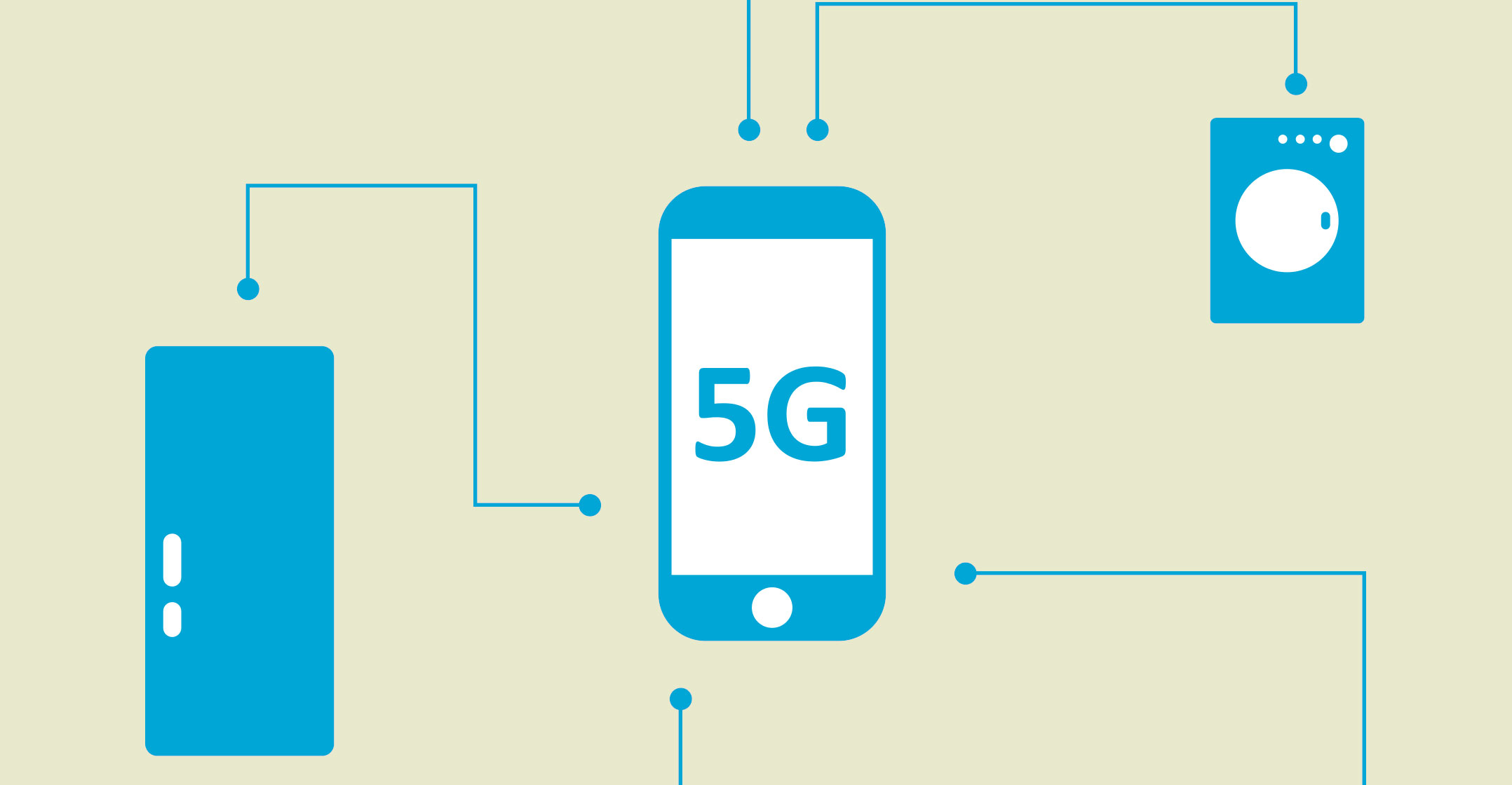
It’s hard to believe that just a few short months ago, remote working, connected workforces and virtual video conferencing were eyed suspiciously by the average organisation. Executives laid out legitimate concerns around employee performance, measurement and access. The IT department said “no” as it looked at infrastructure and the investment required to bring the workforce fully into the remote working reality. “Maybe,” said the manager, the employee and the relatively forward-thinking company, “but only if we…”
Nobody wanted to be, or was, ready for the complexities of the remote workforce.
“A lack of education, awareness and understanding pushed remote working, connectivity and the concept of the hybrid workforce onto the back burner,” says Akhram Mohamed, Huawei Consumer Business Group South Africa chief technology officer. “It was always too expensive, too risky or too strange – a hard turn away from the normal way of working that many couldn’t quite wrap management and process around. Now, almost every company in the world has been forced to adopt the remote working paradigm. Unfortunately, many think that this is just temporary. It’s not.”
It is unlikely that the world will simply return to normal once the initial crisis has passed. The tools, technologies and strategies that have been implemented by organisations have fundamentally changed the way they operate, and how many of their people want to operate. In early May, Twitter announced that remote work would become a permanent part of the company culture. This leading social media business is not alone. Nationwide, a leading insurance company, has seen such great results from its people during the remote working shut down that it’s made the move to keep it that way. These two organisations are being followed by the likes of Barclays and Mondelez as a wave of remote work hits the decision maker with its efficiencies. Even Gartner and PwC have released recent studies that point to a remote work future that’s more productive for the business and healthier for the employee.
Capex
“Organisations didn’t trust people to work from home and now they can see that it actually works, that people are committed to their jobs no matter where they sit,” says Mohamed. “They’re also getting more time from their people. The two hours lost to traffic are now being spent in front of the desk, getting the work done. It’s also had a benefit to the business capex cost – if people don’t need desks, then businesses don’t need to spend significant parts of their budget on offices.”
One head office from which to coordinate a team of people is all that’s needed to ensure a productive and connected workforce. But the key to all this, the key that unlocks this panacea of collaboration and productivity is … connectivity. This is the foundation that underpins the remote working economy, the burgeoning e-commerce market and the platforms that enable businesses to continue working in any circumstances. It is also undergoing a significant shift in South Africa right now as finally Icasa has allocated the frequencies required for mobile operators to roll out 5G services and provide improved data services. Sure, it’s temporary, but it’s sparking something permanent.
 “The arrival of 5G services and solutions in the country is the start of something new and it will bring about both positive and negative change,” Mohamed says. “It will result in people losing jobs – let’s be honest. As automation becomes increasingly viable and accessible, it will take on roles that people used to have. But — and this is the most important caveat — this type of change is always followed by immense opportunity and innovation.”
“The arrival of 5G services and solutions in the country is the start of something new and it will bring about both positive and negative change,” Mohamed says. “It will result in people losing jobs – let’s be honest. As automation becomes increasingly viable and accessible, it will take on roles that people used to have. But — and this is the most important caveat — this type of change is always followed by immense opportunity and innovation.”
The first, second, third and fourth Industrial Revolutions each brought with them the change that lies ahead for those affected by 5G. Jobs changed, jobs lost, jobs made obsolete. But they equally introduced opportunities for organisations to create new jobs and to provide people with the opportunity to learn new skills so they could evolve with the technology. It is not just an ending; it is also a beginning.
“The most important priority for organisations right now is to ensure that these changes to connectivity and technology change people’s lives for the better,” he says. “In addition to helping people build new skill sets, this evolution can improve healthcare, rural infrastructure and communication, and so much more. However, every one of these innovations needs to be supported by equally relevant changes to education, skills development and employee opportunities.”
Looking back through defining moments in history, some of the biggest innovations and transformations took place during times of economic adversity. In the 1920s it was the dawn of AM radio, in the 2000s it was social media and smartphones – what 2020’s crisis brings has yet to be seen but there is little doubt that it will change the world as it is known today.
“There are industries in play today that we couldn’t conceive of 10-15 years ago,” concludes Mohamed. “There are jobs that we never even knew existed. With 5G and this sharp evolution in connectivity and technology, the world is rapidly moving past the era of mobile and into the era of objects. Deep-learning algorithms in hospitals, virtual conferencing, remote working, healthcare robotics – all these are happening today, right now. The future has arrived, now it is time for the business and the individual to catch up, innovate and explore its potential.”
- This promoted content was paid for by the party concerned

